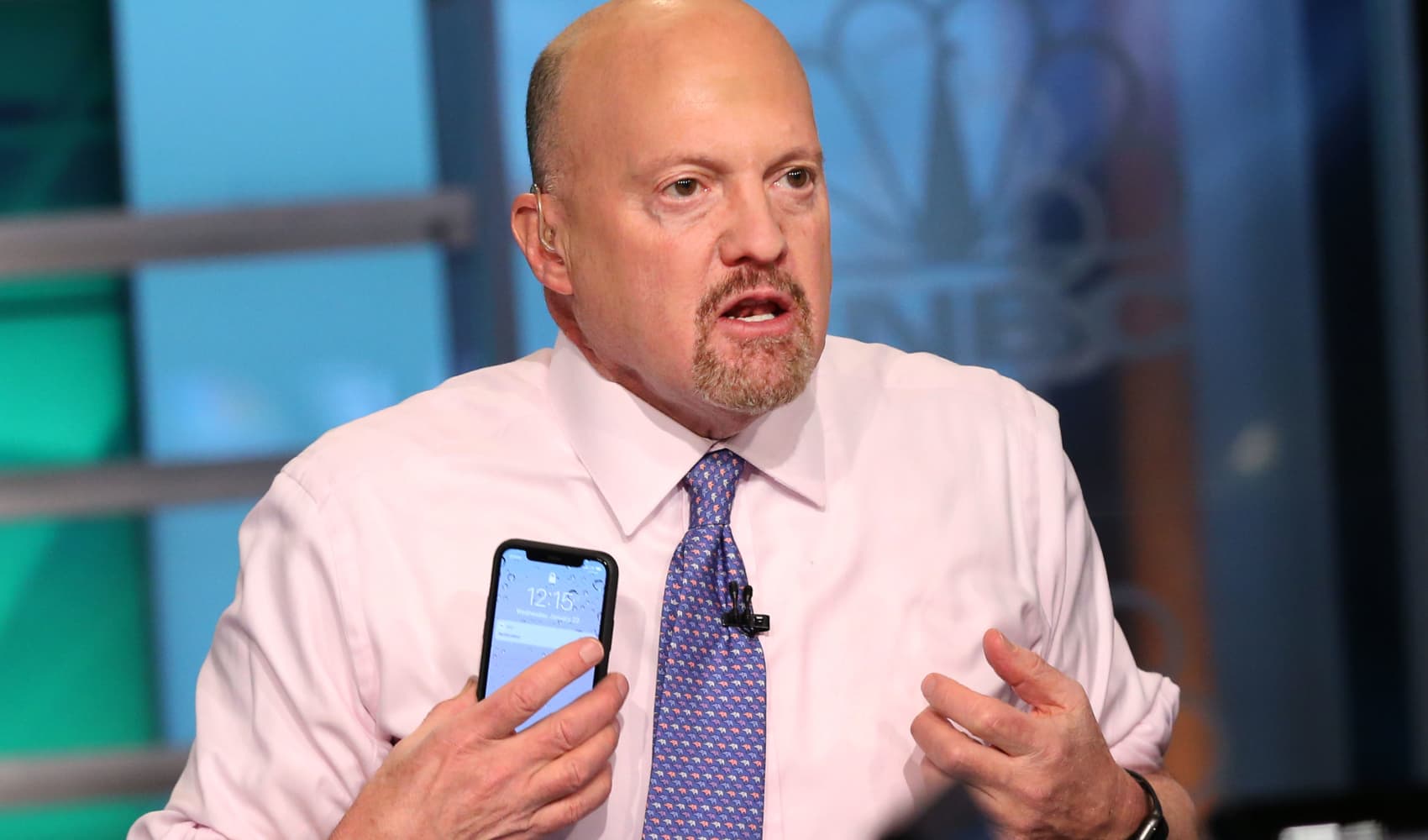
Retirement can feel like it's a lifetime away, especially if you're in your 20s or 30s. With decades left until you're able to leave your day job behind, it can be difficult to prioritize retirement savings over present day spending.
But it's important to remember that the money going into your retirement accounts isn't just sitting there until you turn 67 — it is growing continuously through compound interest, which earns returns not only on your initial investment, but on the interest you accumulate as well.
Extrapolating the growth of your retirement savings over many years and seeing how much your savings can grow can take the pain out of your monthly contributions, and may even convince you to increase the amount of money you set aside from each paycheck.
CNBC Make It used a compound interest calculator to demonstrate how much you'd have at 67 if you put away $500 a month beginning at various ages. Keep in mind that these calculations are done in a vacuum, and don't account for variables that can affect wealth growth over time, such as economic factors, rises or dips in interest rates, cash windfalls or emergency expenses.
Get Tri-state area news and weather forecasts to your inbox. Sign up for NBC New York newsletters.
If you start saving at 25
- With a 4% rate of return: $654,763
- With a 6% rate of return: $1,140,756
- With an 8% rate of return: $2,073,982
If you start saving at 30
- With a 4% rate of return: $509,013
- With a 6% rate of return: $819,732
- With an 8% rate of return: $1,367,255
If you start saving at 35
- With a 4% rate of return: $389,643
- With a 6% rate of return: $581,735
- With an 8% rate of return: $892,892
If you start saving at 40
- With a 4% rate of return: $291,879
- With a 6% rate of return: $405,290
- With an 8% rate of return: $574,495
If you start saving at 50
- With a 4% rate of return: $146,233
- With a 6% rate of return: $177,499
- With an 8% rate of return: $217,338
How to get started
Money Report
If you haven't started saving for retirement yet, there are plenty of ways to get the ball rolling.
Start by signing up for your employer's 401(k) plan and taking full advantage of any deposit match that your company offers, which effectively doubles your investment each pay period for free. The maximum amount workers under 50 can put in their 401(k)s in 2022 is $20,500.
When it comes time to withdraw your 401(k) earnings in retirement, you pay taxes at whatever your tax bracket is at the time. Because the account is funded with pre-tax dollars diverted from your paycheck by your employer, it lowers your taxable income each year that you contribute.
You can also sign up for a Roth IRA account, which you can fund up to the $6,000 annual contribution limit for 2022 if you earn less than $129,000 a year. Roth IRA accounts give you a wide range of investment options including stocks, bonds and ETFs.
Roth IRA accounts are a good place to start investing because they are funded with post-tax dollars, so your investment grows tax-free. You can also withdraw the money you have contributed at any time with no tax penalty, unlike 401(k)s which typically hit you with a 10% penalty if you access any of the money before retirement.
Outside of retirement accounts, you can also consider opening a taxable brokerage account. Although one option is to fund this account with individual stocks, experts like Warren Buffett recommend that most people put their money into index funds, which are automatically diversified. In fact, the S&P 500, which includes companies like Amazon, Apple and Microsoft, has outpaced inflation over the years.
"Consistently buy an S&P 500 low-cost index fund," Buffett said in 2017. "Keep buying it through thick and thin, and especially through thin."
But the most important thing you can do when saving for retirement is to start as soon as you can, with whatever amount of money you can afford to put away, even if it's less than $500. That will give compound interest the most time to work its magic.
Sign up now: Get smarter about your money and career with our weekly newsletter
Don't miss: A gallon of gas was 65 cents in 1978—here's how much it cost every year since






